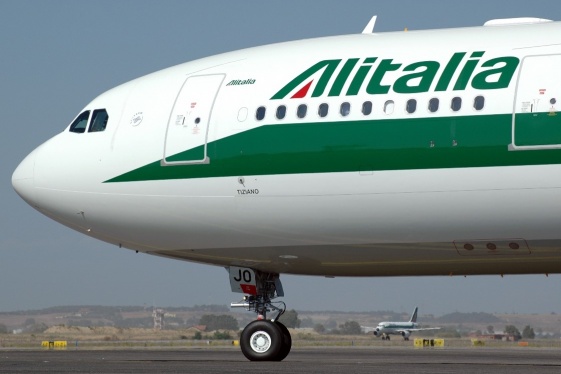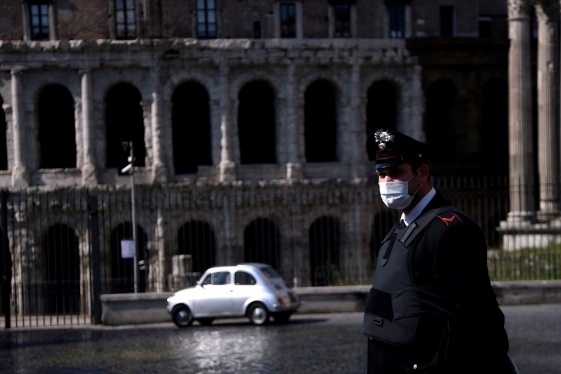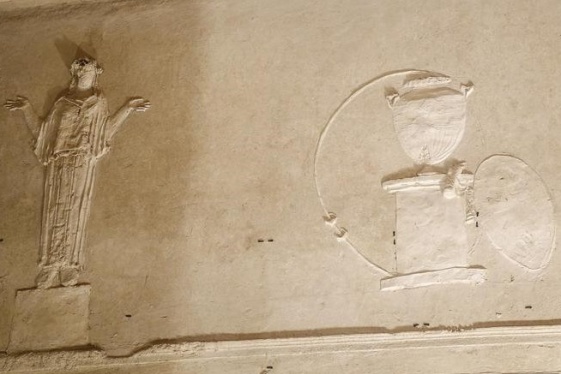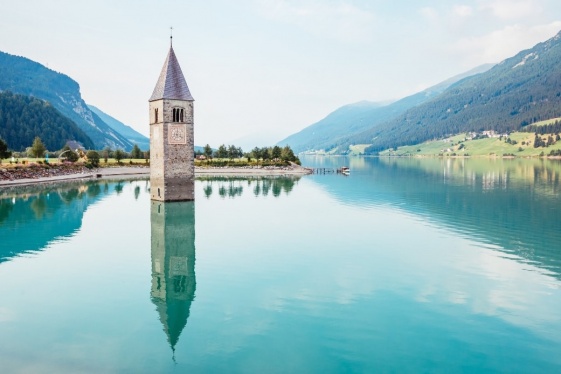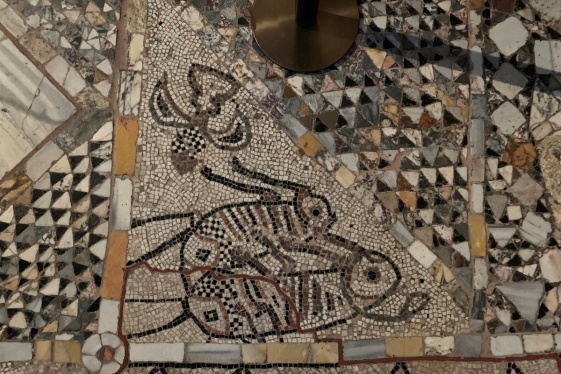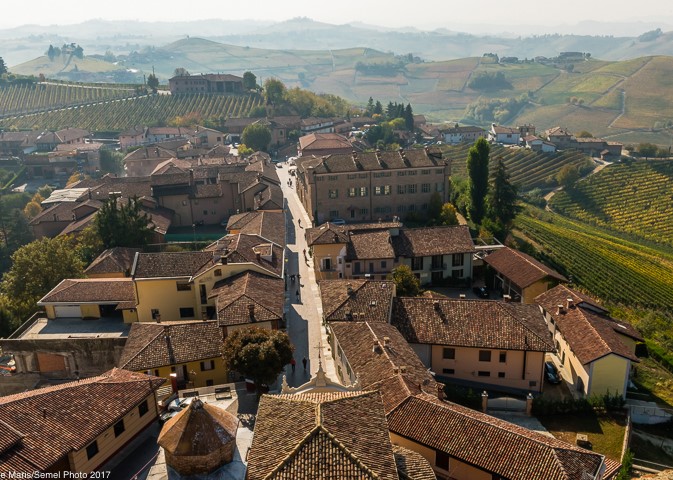

BY: Julie Maris/ Semel
In Piemonte, when the Wool Road changes course south of Biella towards Alba, the fiber connects textile traditions to centuries of wine production. The culture of wine and its landscapes resulted in UNESCO’s designation of the Langhe-Roero and Monferrato regions as a World Heritage classification in 2014. Where factory chimneys overlooked Biella, Langhe’s watchtowers and castles that protected the valleys between rolling, tongue-like hills, dominate the views.
Barbaresco’s tower repurposed into a wine space now celebrates local production with multimedia presentations. The terrace affords panoramic views of the Tanaro River nine-hundred feet below and on a clear day, vistas of the Alpine mountain chain. Vineyards of Nebbiolo grapes, the varietal of Barbaresco DOCG wines, grow in the surrounding terroir: compact limestone clay, rich in fossils, gives great structure to the complex and elegant wines.
SOURCE: https://www.everettpotter.com/
You may be interested
-
Arnaldo Trabucco, celebrated medical practit...
Arnaldo Trabucco, MD, FACS is a leading urologist who received his medical training at ins...
-
Musement, the Italian App to travel “as you...
by Claudia Astarita Musement – the Italian innovative online platform – has launc...
-
'A piece of flying Italy around the world': T...
Ciao ciao, Alitalia. Italy's storied flag carrier has announced it will no longer issue ti...
-
'A summer without travel': How long will Ital...
As the Italian government prepares to bring in “phase two” of the national lockdown measur...
-
'Basilica of Mysteries' reborn in Rome
The so-called 'Basilica of the Mysteries' has been reborn in Rome. The basilica, one of th...
-
'Beautiful' Italian lake hides a 'mysterious'...
Water can hide all kinds of secrets. But while shipwrecks and sea creatures might be expec...
-
'Dragon Bones' of Santa Maria e San Donato
The Basilica of Santa Maria e San Donato dates to the seventh century, back when the islan...
-
'Enchanting' Italian town has stunning roofto...
The travel itinerary company Earth Trekkers has highlighted a hidden Italian commune with ...





